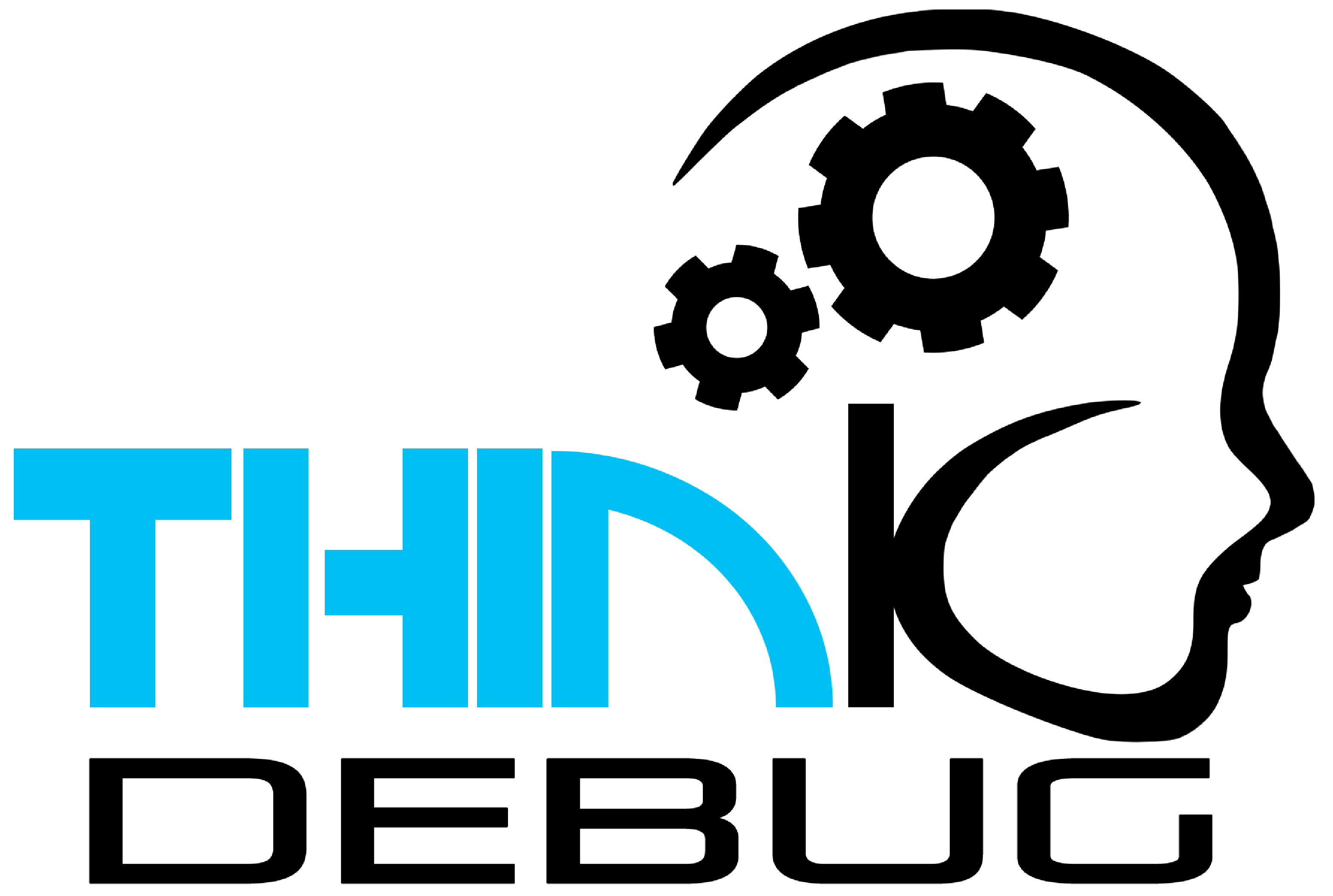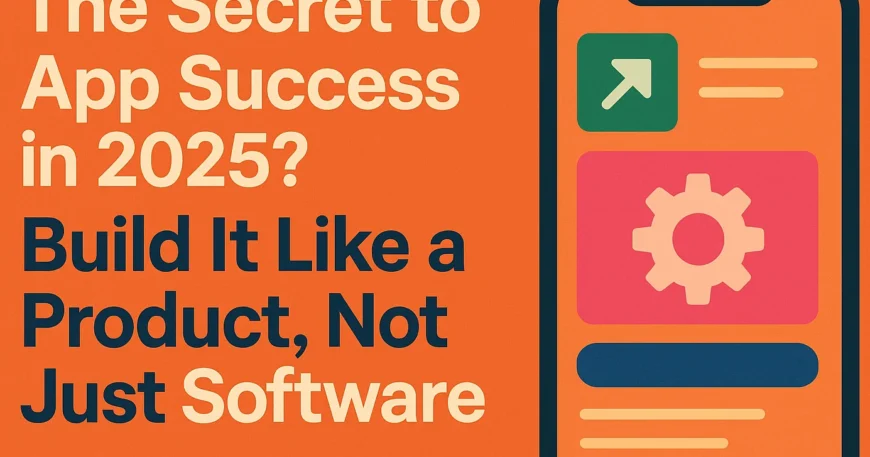Introduction
Thousands of apps are launched every month.
But most of them fail — not because of poor coding, but because they were built like software projects, not products.
In 2025, building an app that succeeds means thinking beyond development. It means planning for users, feedback, updates, marketing, and monetization — from day one.
The Problem: “Software Mindset” vs “Product Mindset”
Software Mindset:
- “Just build the features”
- No market validation
- No onboarding or user flow
- No post-launch plan
Product Mindset:
- Solves a real problem
- Starts with MVP → feedback → growth
- User-centric design + continuous improvements
- Clear roadmap, analytics, marketing strategy
That’s the mindset that wins in 2025.
What It Means to Build an App Like a Product
1. Start with Real User Problems
Don’t start with features. Start with:
- Who is this for?
- What pain does it solve?
- Why would someone use it regularly?
2. Build an MVP, Not a Monster
- Focus on core value
- Launch fast, learn faster
- Prioritize real-world feedback over assumptions
3. Design the User Journey, Not Just the UI
- Onboarding
- Notifications
- Retention loops
- User delight (animations, responses, etc.)
4. Plan for Growth
- How will you acquire users?
- What’s your monetization strategy?
- Is there a roadmap for new features?
5. Measure, Improve, Repeat
- Use analytics tools (Firebase, Mixpanel)
- Get user feedback
- Make data-driven updates
How ThinkDebug Builds Apps as Products
At ThinkDebug, we guide clients beyond just “development.”
We offer:
- Product thinking in every phase
- Lean MVP strategy
- UX that converts
- Feedback-based iterations
- Ongoing growth support (updates, ASO, scaling)
We build apps that live, grow, and perform — not just apps that launch.
Conclusion + CTA
Anyone can build an app.
But building an app that succeeds? That takes product thinking.
📞 Want to build a smarter app? Let ThinkDebug help you go from idea to growth-ready product.





